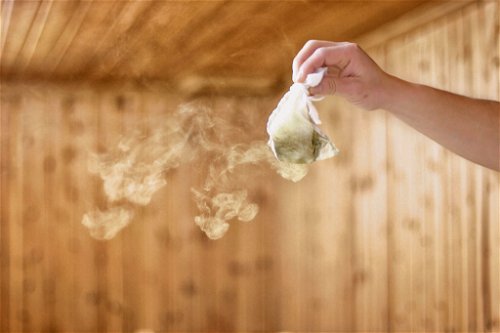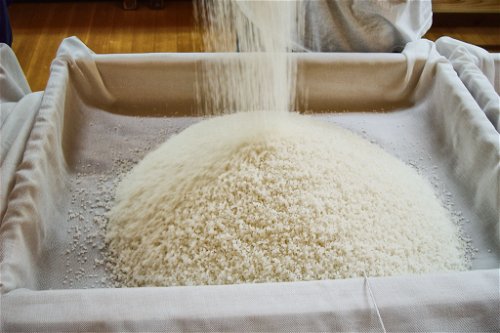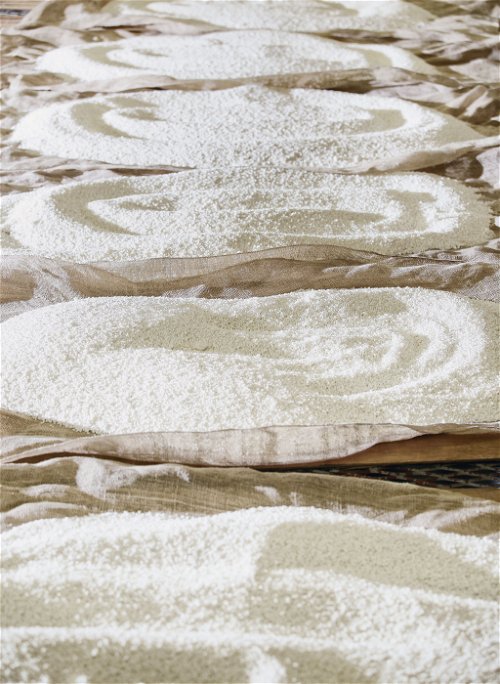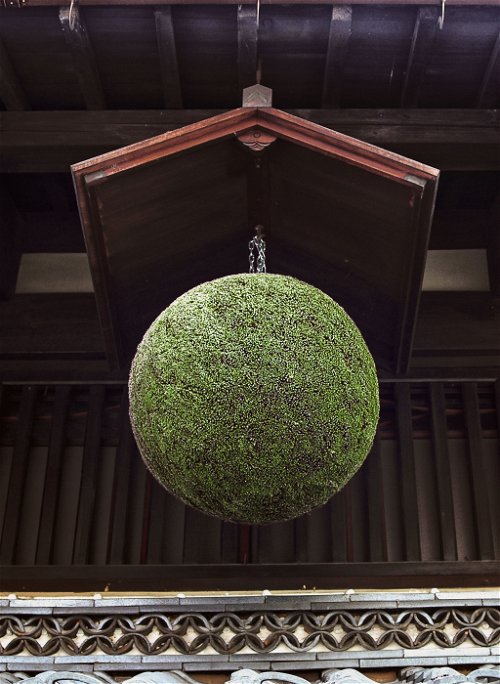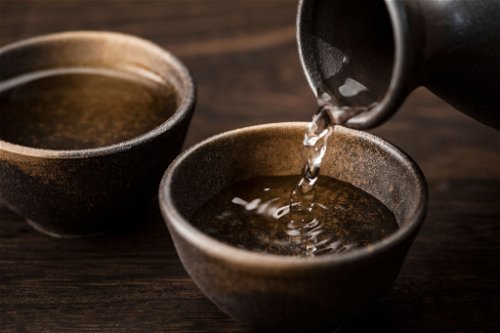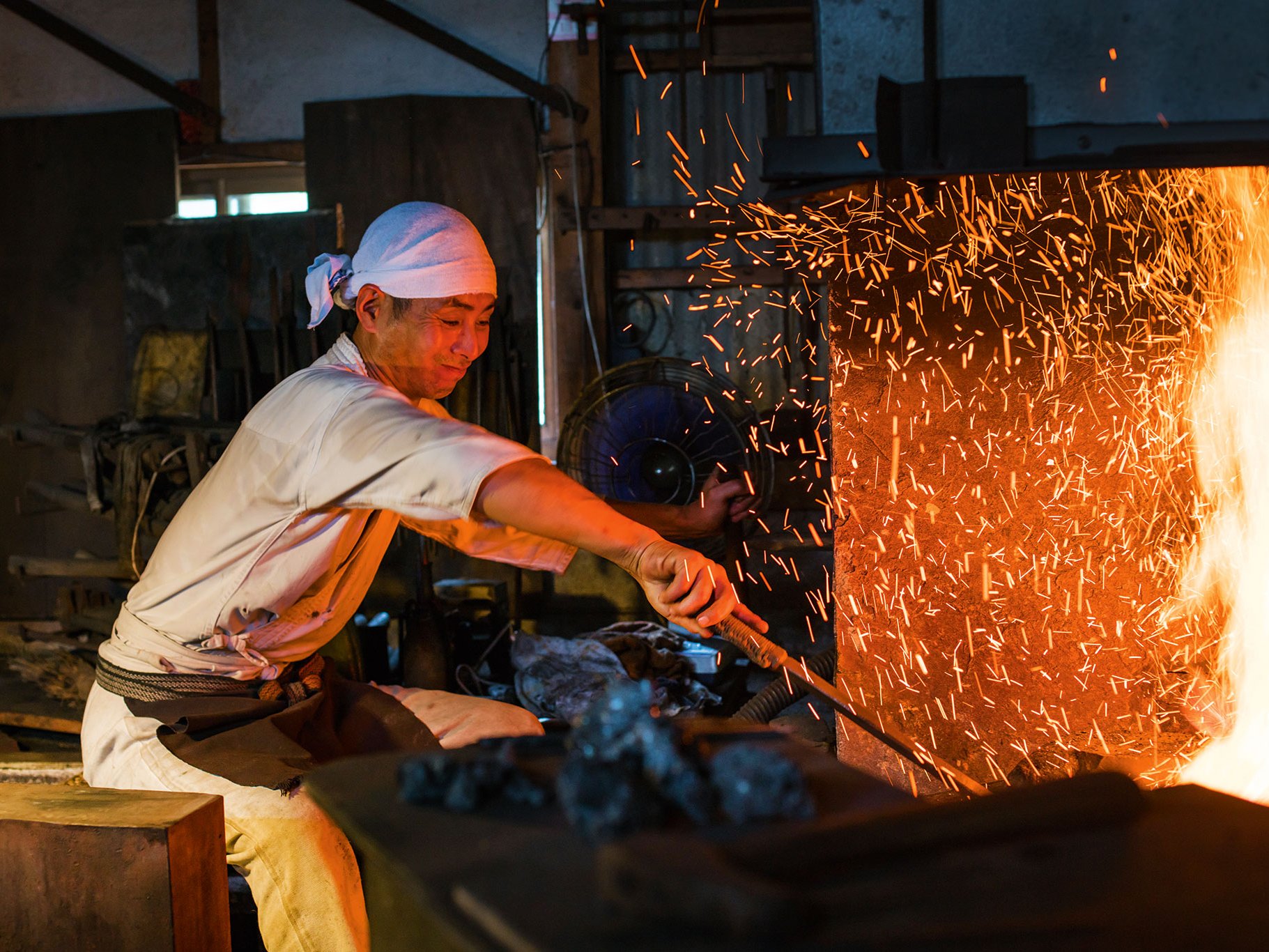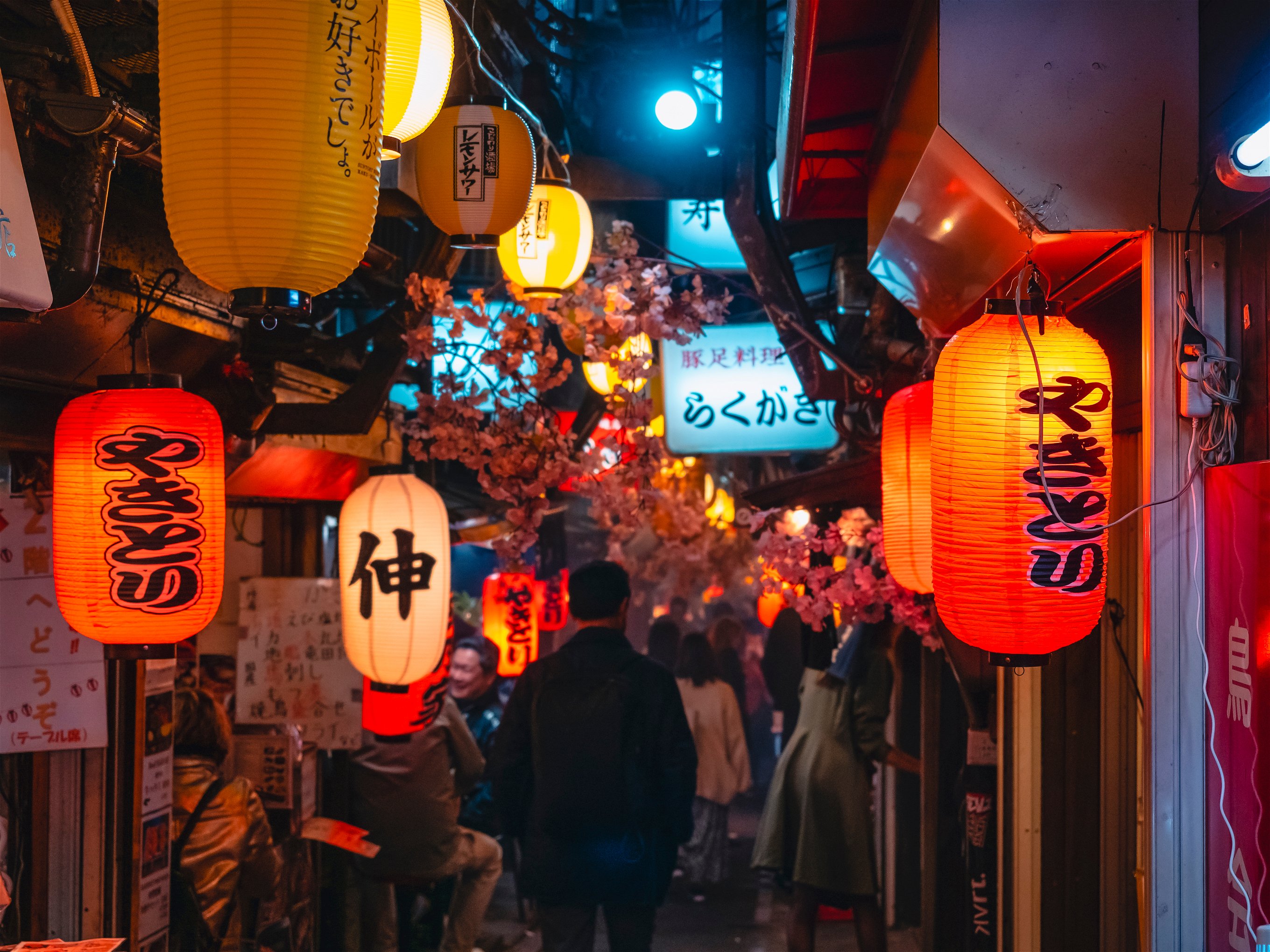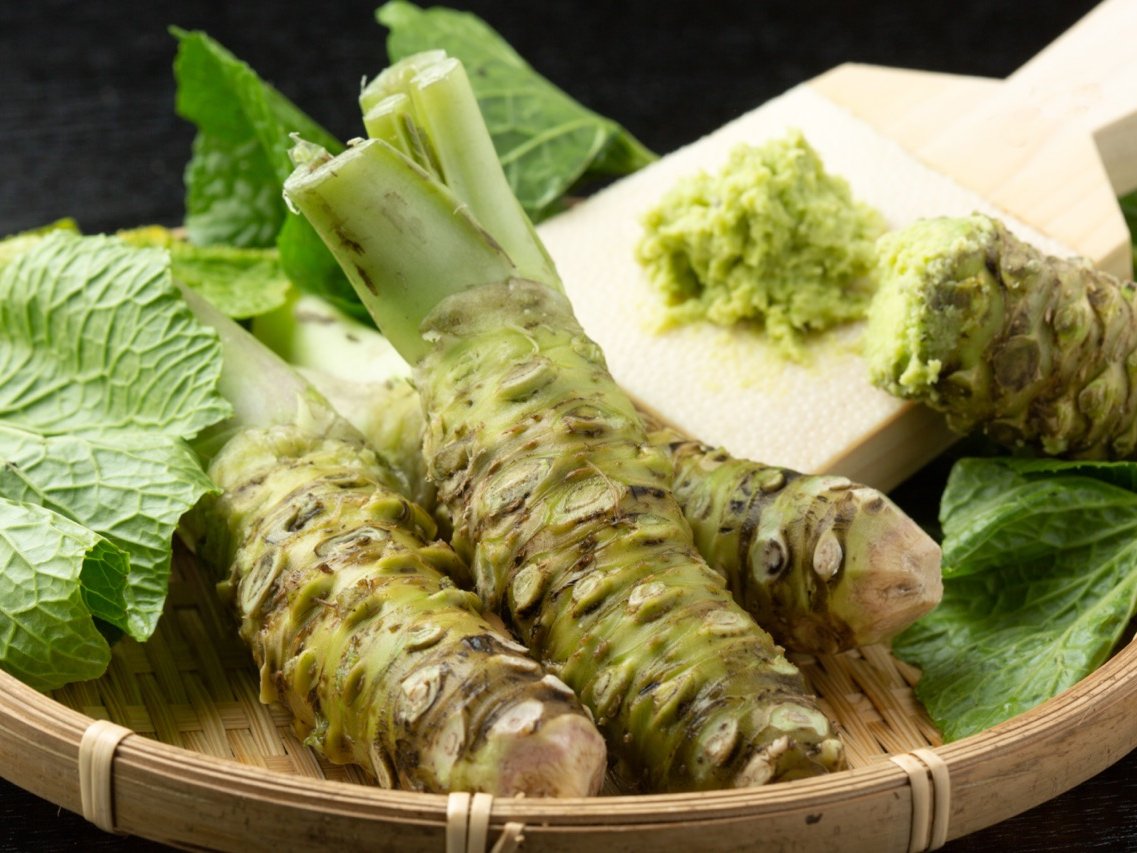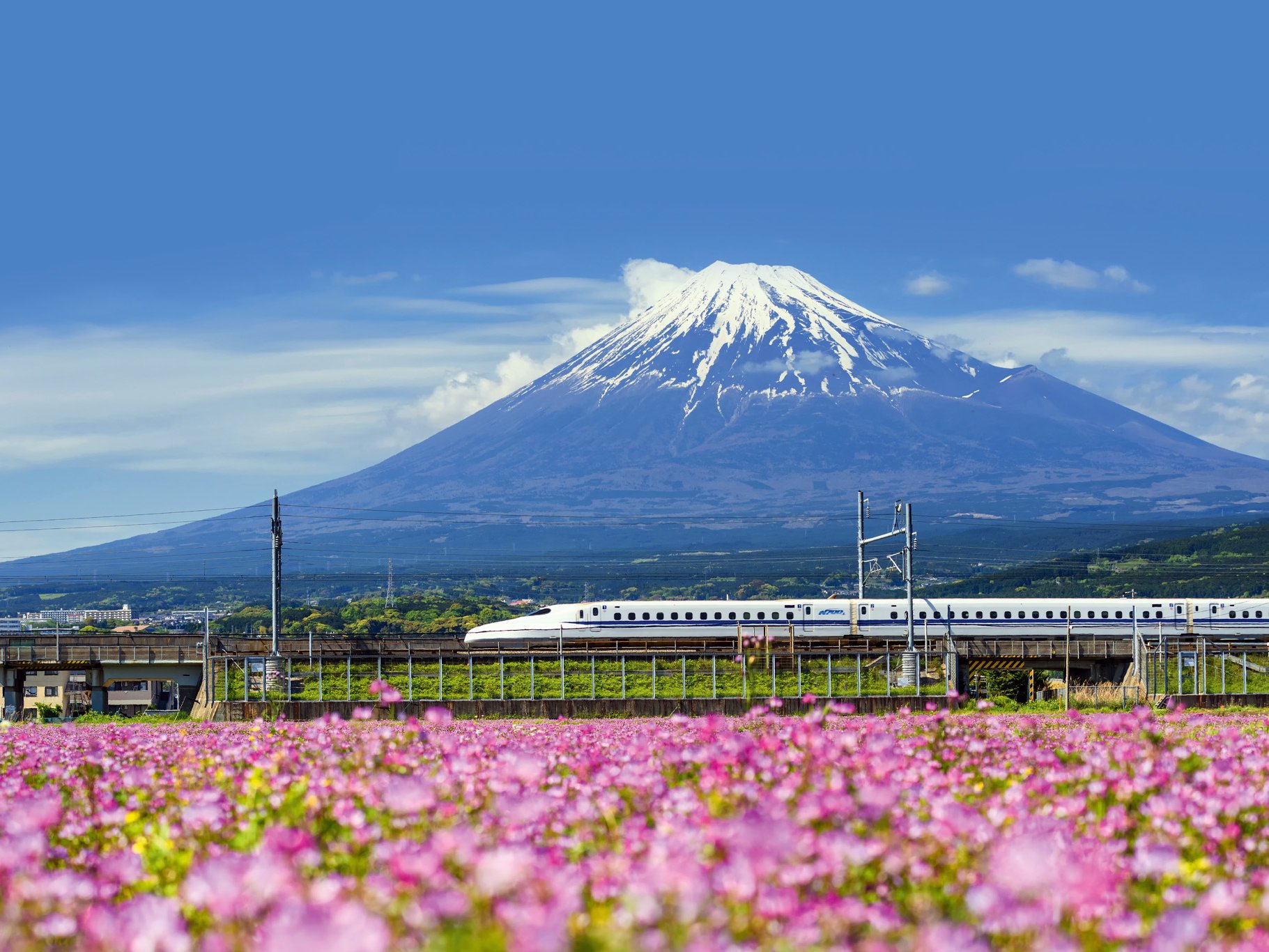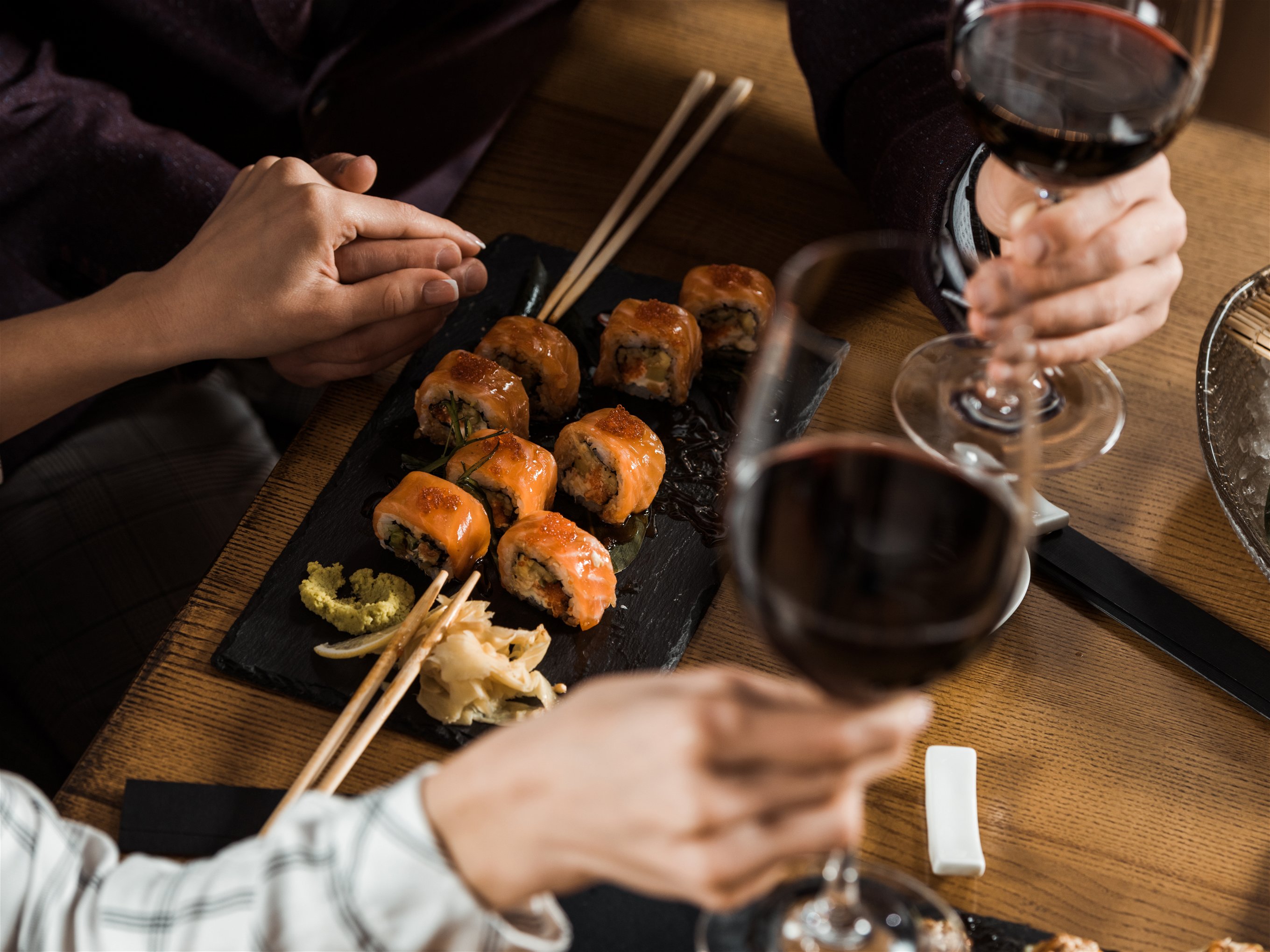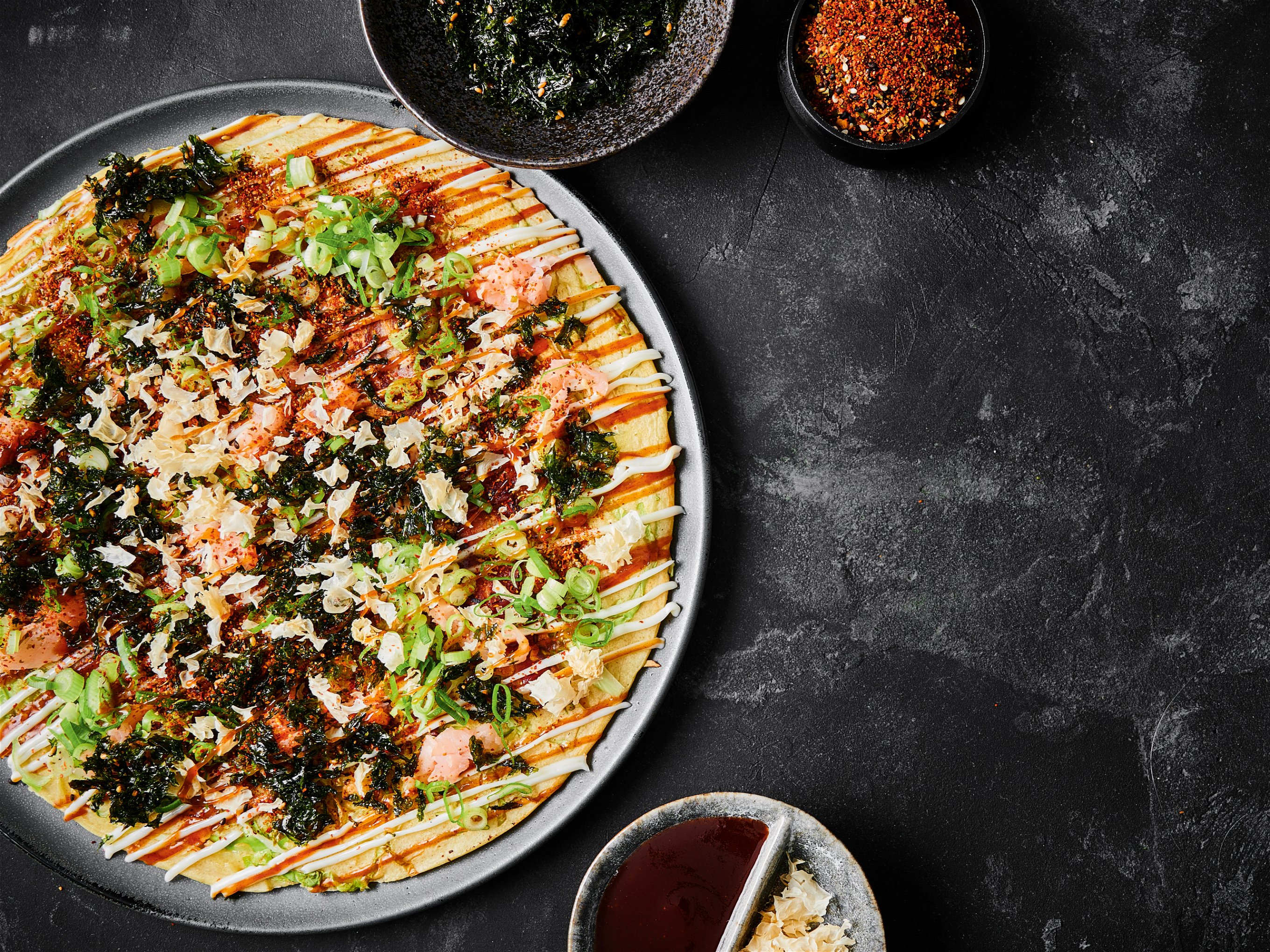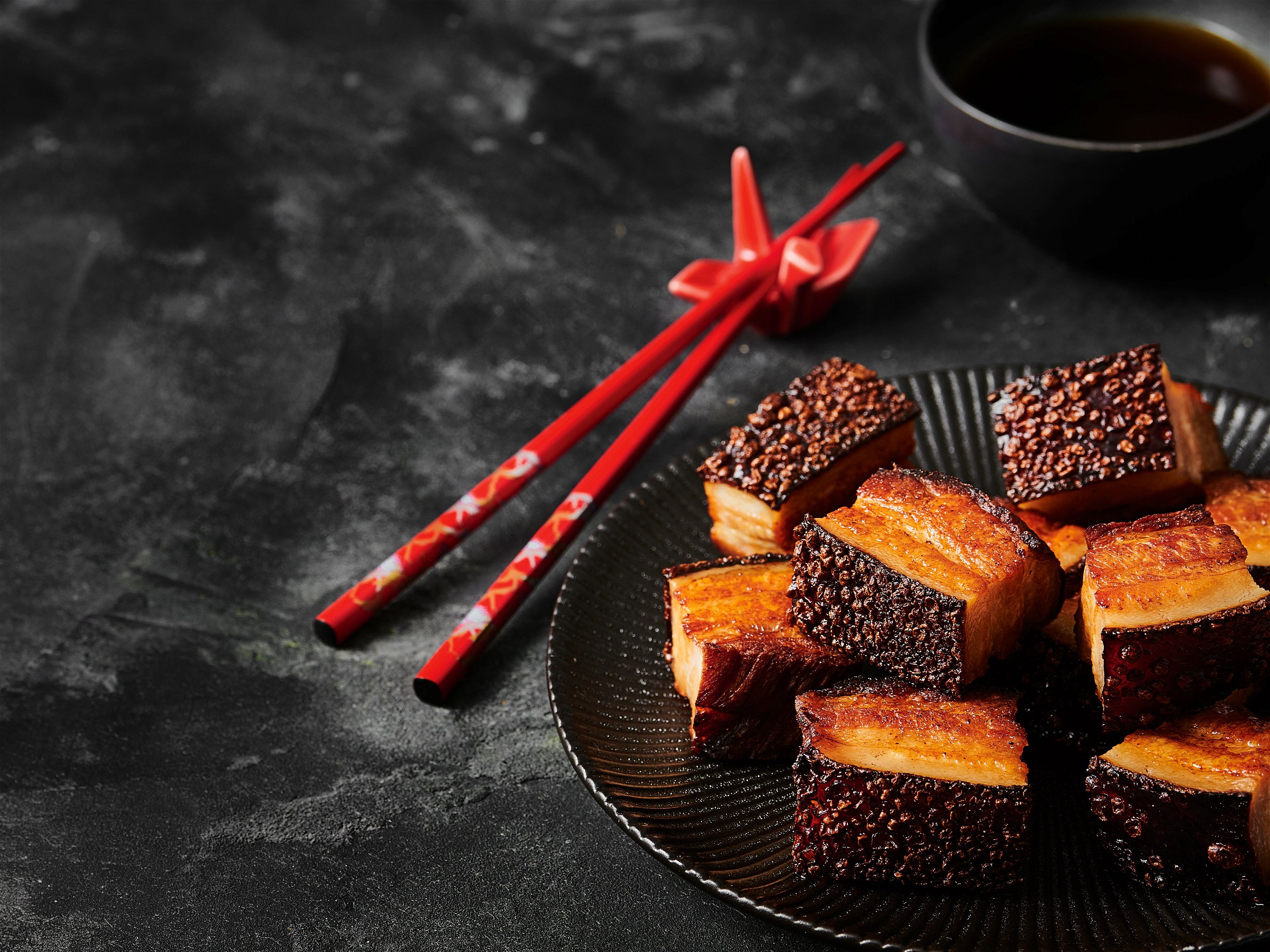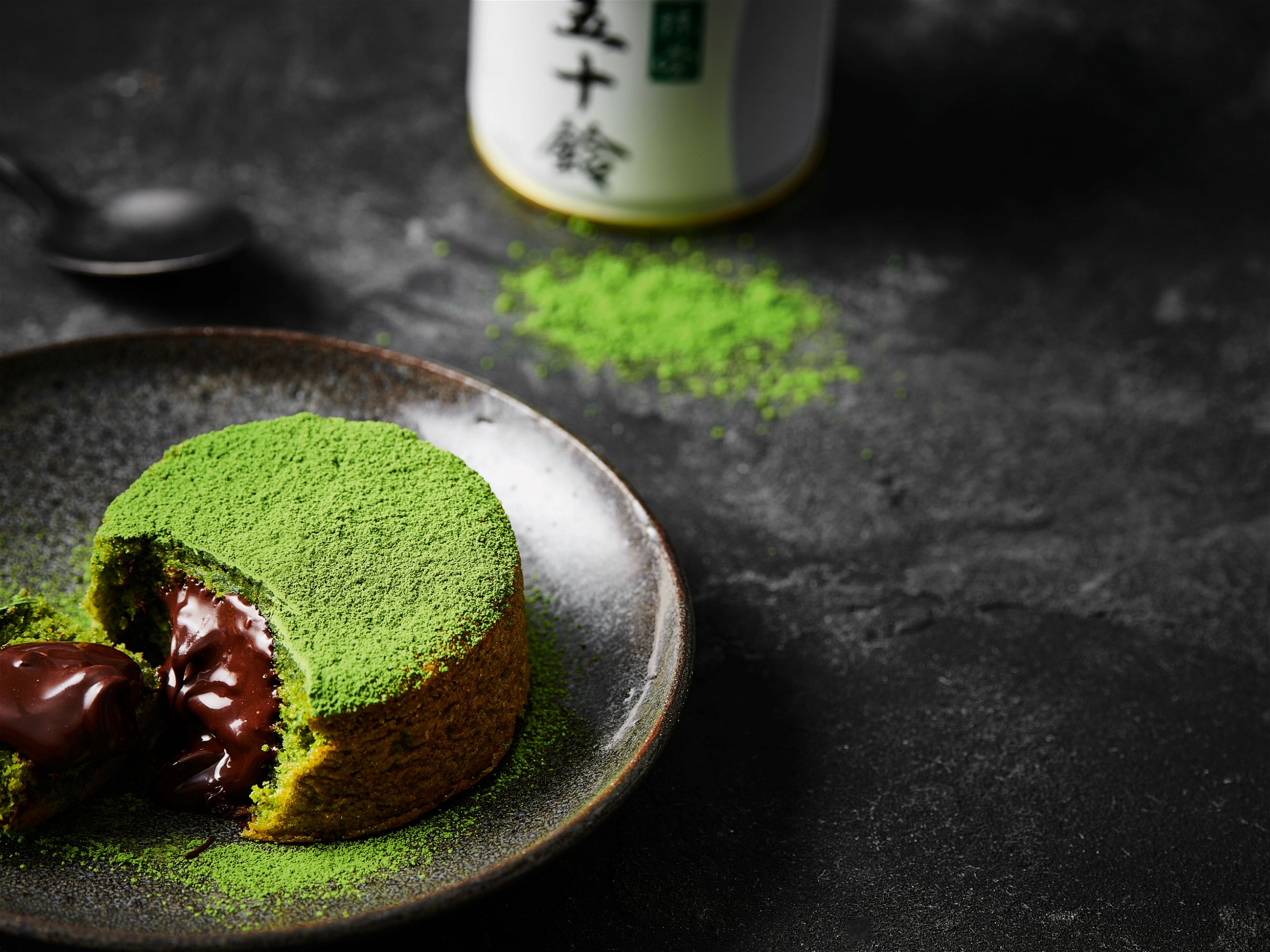Kanpai! Everything you need to know about sake
Some call it the elixir of the Japanese soul. A fitting metaphor for a brew that unites Japanese attributes such as tradition, craftsmanship, precision and the pursuit of perfection like no other. But what is this sake actually - and what is the best way to enjoy it? Incidentally, "Kanpai" (or "Kampai") translates as "dry glass" and is an invitation to empty the glass: Cheers!
Its aromatic diversity is quite impressive, ranging from light and fresh to fruity and aromatic to full umami. But even the Japanese sometimes need a little time to warm up to sake. This was also the case for Yoshiko Ueno-Müller, the first woman to be awarded the title "Master of Sake Tasting" and one of the few who can call themselves "Sake Samurai" for their services to the culture of Japan's national drink. Your door opener to the world of rice brewing? A premium sake from the snowy north of Japan:
I would still recommend this to any newcomer today: Always go for premium sake, because life is too short for bad sake.
However, there is no need to worry about the price being too high right from the start, as the "premium" attribute of sake is less to do with the price than with the degree of polish of the rice. Rice grains are polished for sake production until, depending on the degree of polishing, only a small part of the grain remains. The degree of polishing and the proportion of rice inoculated with the koji mushroom used for fermentation determine whether a sake falls into the premium category or not. However, sake sommelier Ueno-Müller is also aware of the problems sake has in this country. "In large parts of Europe, sake is understood to be a tasteless, hot liquor. However, these industrial sakes are often mixed with neutral alcohol or artificial additives and are not able to represent the thousands of years of brewing tradition. The term "sake" is also not protected abroad which is why even cheap liquor can be sold as sake." Overall, however, the premium segment is enjoying increasing popularity, and not just among the Japanese. This is mainly due to a young generation of sake brewers who, with a great deal of commitment and fresh ideas, have revived sake in around 1,200 currently active breweries and brought it to the world. But how is it possible to tease out a drink of such elegant sweetness, delicate fruitiness and rich umami from a rather tasteless base such as rice?
The art of brewing for wine fans
The answer to this is complex, because sake is reminiscent of beer in its production, but in terms of taste it couldn't be further from it and is more comparable to wine. This is also due to the unique brewing method, in which the rice starch is converted into sugar at the same time as the alcoholic fermentation takes place. The koji mushroom, which is also essential for the production of soy sauce and miso, is responsible for this process. It is ground into a fine powder and added to steamed rice, converting the starch into sugar. This fermented rice is combined with freshly steamed rice, water and a yeast culture, which converts the sugar into alcohol, to form the first mash.
The quality of the water has a major influence on the body of the end product, while the type of yeast determines the aroma and taste. After repeating the process several times, followed by maturation and pressing, sake is finally produced after sixty to ninety days. To this day, brewing takes place exclusively in winter, as this allows the temperature during fermentation to be controlled more precisely. As a result, many brewery employees are more likely to be found on the farm in summer than at the fermentation tank.
However, as Yoshiko Ueno-Müller explains, a product characterized by such craftsmanship and tradition is by no means free of developments:
We are observing two major trends in sake. On the one hand, light sparkling sake, which is often reminiscent of fruit secco in taste, and on the other, matured qualities that are very full-bodied and complex. These go well with game or cheese.
And what is the best way to enjoy sake now? "Anything is actually possible," laughs the sake samurai. "You can treat it like a light wine and enjoy it at seven to nine degrees. However, I recommend a temperature of ten to 15 degrees, especially for the better qualities. By the way, sake is best enjoyed in a wine glass. You can also enjoy it from a small ceramic cup, although this is more for warm ginjo sake."
Best of Sake
Sake styles at a glance
Sake can be roughly divided into three types. Depending on the style, they are suitable for different pairings. The often rather fruity Ginjo sake (e.g. melon, banana, citrus) goes best with fine dishes, while the rather full-bodied Junmai sake is a kind of uncomplicated all-rounder thanks to its umami and rice notes. The third variant is matured sake, which has balsamic and spicy notes and therefore goes perfectly with chocolate, cheese or goose liver.
Junmai
A full-bodied sake with an undefined degree of polish.
Junmai Ginjo
Fruity, mild sake with a degree of polish of 60 percent or less.
Junmai Daiginjo
Very harmonious, aromatic sake with umami notes and a degree of polish of 50 percent or less.
Honjozo
Light and fresh sake with a degree of polish of 70 percent or less.
Ginjo
Aromatic sake with a degree of polish of 60 percent or less.
Daiginjo
Highly aromatic, complex sake with a degree of polish of 50 percent or less.
Don't miss out!
Sign up now for our newsletter.

